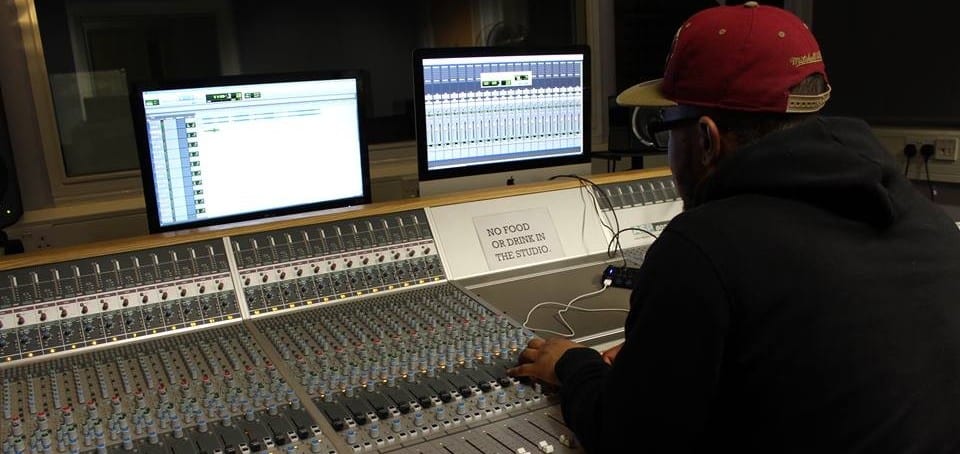Carrying on my research on producer Mike Dean I came across an interview he conducted with Jake Brown from Tape Op he answered a few questions, one of his responses were particularly interesting.
“When I first started mixing at Rap-A-Lot, back in 92, I did early records for the label like Player’s Choice by Too Much Trouble and 5th Ward Boyz’ Ghetto Dope and Gangsta Funk. By the mid-1990s, I’d mixed Scarface’s The Untouchable album and then the Geto Boys’ Da Good Da Bad & Da Ugly. Then I mixed Scarface’s The Fix. When I’m mixing, I start out with drums. For me, it’s all about kick, snare, and vocals; everything else is just extra . That used to be my philosophy, and it still is. You’ve got to understand the relationship between notes and frequencies, because every note is a frequency and every octave is double that frequency. If you understand that, and you can see that in music then, when you’re producing, you can make sure its harmonically correct.”
Acknowledging what Mike Dean said I particularly focused on the kick when mixing “OneTake” ensuring it was felt and present throughout the entire mix. I boosted the mid range of the kick to allow it translate better on different systems. I also added distortion to it to give a more “dirty” sound.
This post relates to learning outcome 3
References
https://tapeop.com/interviews/122/mike-dean/
